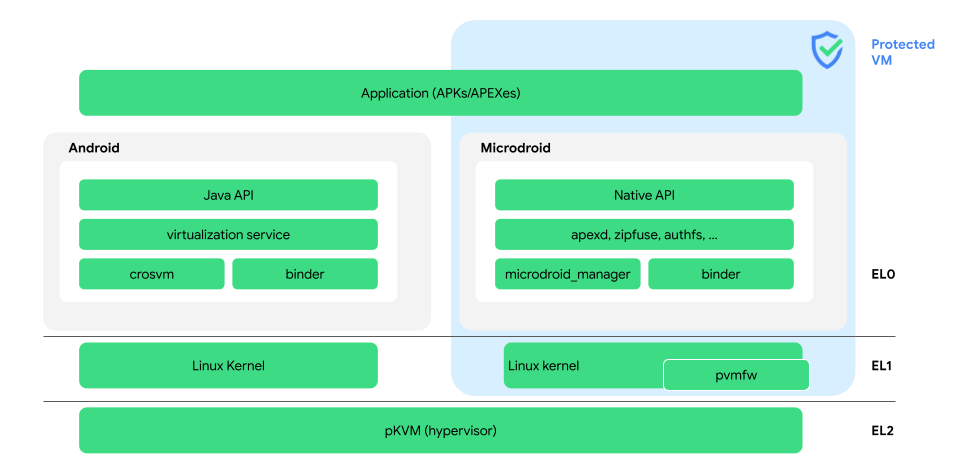

You‘re supposed to host this yourself.


You‘re supposed to host this yourself.
Set the DNS cache time to 60 seconds.
Set the script to run on every host delayed by some time to avoid simultaneously accessing the API (e.g. run the script every other minute).
With this approach, you get automatic failover in at most 3 minutes.
I’d host it on both webservers. The script sets the A record to all the servers that are online. Obviously, the script als has to check it’s own service.
It seems a little hacky though, for a business use case I would use another approach.
OP said that they have a static website, this eliminates the need for session sync.
Your challenge is that you need a loadbalancer. By hosting the loadbalancer yourself (e.g. on a VPS), you could also host your websites directly there…
My approach would be DNS-based. You can have multiple DNS A records, and the client picks one of them. With a little script you could remove one of the A Records of that server goes down. This way, you wouldn’t need a central hardware.
Looks like a small release, but has some IMO pretty interesting changes, like
Allow users to view their own removed/deleted communities
and
Add backend check to enforce hierarchy of admins and mods


This kind of spam is luckily pretty rare in europe, I get maybe one or two spam calls a year.


True. I really wonder why they’re not tackling the issue more. It seems that there are several different areas to adress, from farming to industry to vehicles.


The “more toxic than ever” part seems to be based on subjective opinions, not on data.


You can trim it even further:
For a start, try hosting something in your own home. A raspberry or an older PC or laptop should be enough.
My first projects were a print server (so I can print via wifi) and a file server. Try to find something that is useful for you.
Only start hosting on the internet when you’ve learned the basics and have more experience.
It seems like a tedious workflow, but the end result is quite good.
Interesting. What is tge reasoning behind only fetching the comments vs. a full fediverse integration?


Maybe because many streaming services have locked their 4k content behind some specific apps and platforms and offer lower resolutions on general desktop PCs.


Generally, we (sadly) see smart monitors come up like smart TVs did ten years ago.
Some noteable features include streaming apps (netflix…) and wireless screen mirroring from phones.


This graphic shows that the platform is designed with full virtualization in mind. You can see that the VM on the right has its own kernel (unlike for example docker containers).

Edit: image source


I don’t think so. I think they are trying to make android more suitable for “desktop” usage, similar to chrome os.
By providing a gui for larger screens (Android 15) and virtualization (Android 16) they are significantly expanding what android can do.


Sounds a bit like the linux container in chromebooks. Looks like Google is planning to merge chrome os and android in future
OP tried to answer you, I don’t know if it reached you.
Edit: It was synced with some delay
I like it :) Can you provide a link to the sensors you used?